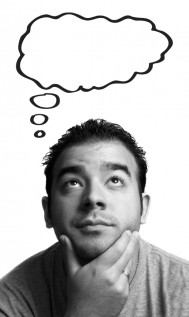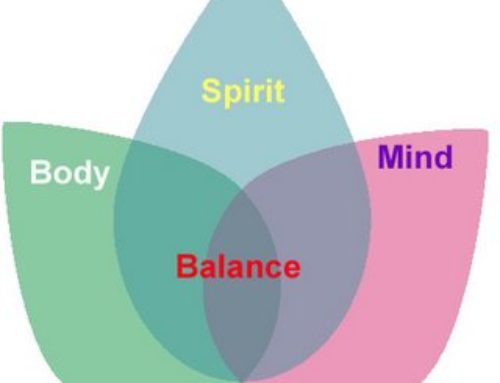by Dr. Tina Marcantel
By becoming more aware of your thoughts, you can choose to identify with those that serve you best. Dr. Tina Marcantel is a naturopathic doctor practicing in Gold Canyon, Arizona, and serving the East Valley cities of Gilbert, Mesa, Tempe, Scottsdale, Chandler, Queen Creek, Apache Junction, and the greater Phoenix area.
 As a holistic practitioner, I believe in the mind-body connection.
As a holistic practitioner, I believe in the mind-body connection.
The thoughts and emotions that we dwell on can have a very definite effect—good or bad—on our physical well-being. Over the past year it seems that I’ve seen this amplified in the patients under my care. The trauma of living in the pandemic with the changes and fear of the unknown that it has brought to our lives has sent stress levels through the roof, with resultant stress-related physical symptoms appearing.
When it comes to negative thoughts, it’s easy to say, “Don’t worry about it.” That doesn’t stop the thoughts from coming, though, and trying to suppress them seems to just make them more powerful. So what can I do? Identify the thought so you no longer identify with the thought.
Here’s a little exercise that helps me manage my mind and emotions.
We all have thoughts constantly going through our minds. Some of those thoughts serve us well, but there are others that we need to let go of. The thoughts that we identify with form the basis of our belief system, and our belief system governs our behavior patterns.
As an example, I might be going through my day and everything is going fine. Then I hear a news report about something troubling. The thought might come into my head, “What if that happens to me? How will I care for my family?”
If I hold that thought long enough and actually become identified with it, I’ll soon start to believe it’s my reality—that something bad is going to happen to me. Once that becomes part of my belief system, my behavior will start to change and even my physical body will feel the effects of it.
So how can we learn to recognize and let go of those thoughts that don’t serve us?
First, become aware of your thoughts. Take a few moments to observe the thoughts going through your mind—particularly those that tend to have a strong emotional charge connected with them.
Second, accept that having these thoughts is part of human nature. Thoughts of fear, anger, sadness, resentment, guilt and other “negative” ideas are going to come. Allow these thoughts to pass through without judging yourself for having them and without choosing to identify with them as part of your true self.
Third, choose to identify only with those thoughts that are for your highest good. Remember that our divine nature is our predominate, natural state. Identify with thoughts that reflect peace and love and promote a sense of well-being in you that then flows naturally out to the world.
Finally, breathe out those thoughts that don’t serve you. Use the tool of breathing meditation: take a few quiet moments to be consciously aware of the cycles of inhalation and exhalation. As you breathe out, imagine that you are releasing from your mind and body those troublesome thoughts and that you are breathing in thoughts of peace and love.
The more you practice being aware of your thoughts, the easier it will become to distinguish those thoughts that are for your highest good and let the others go!




